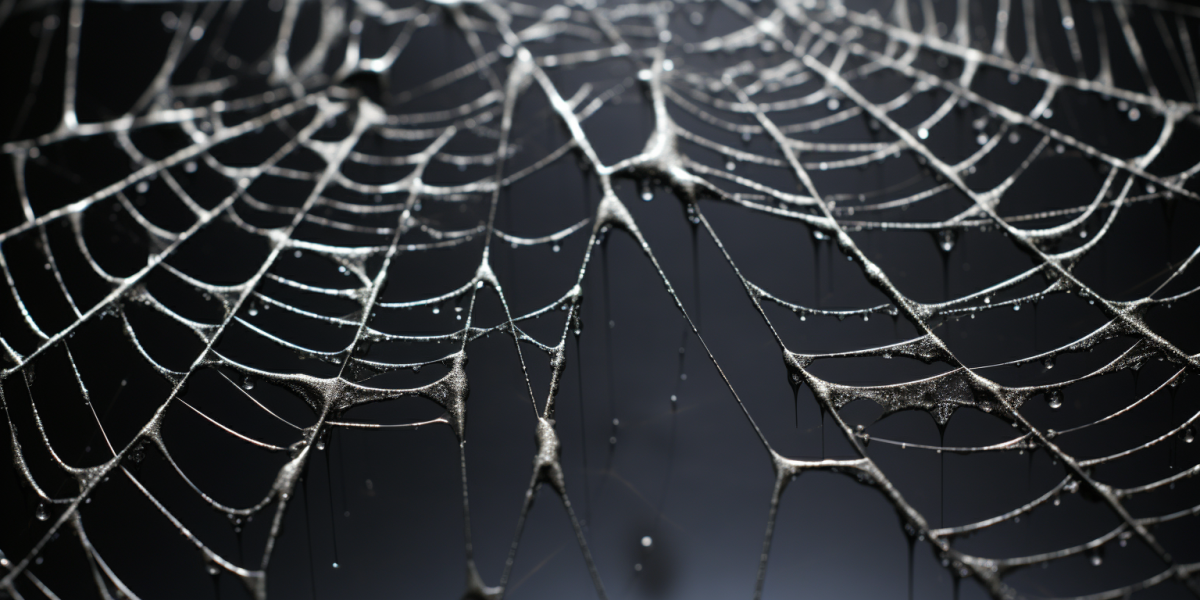
Spider webs are a wonder of nature. These intricate structures, seemingly fragile and ethereal, have been the subject of countless studies due to their impressive mechanical properties. One of the most astounding facts about spider silk is that it can be several times stronger than an equally thick strand of steel. But what exactly makes spider silk so special?
1. Composition and Structure
Spider silk is made up of protein molecules that are organised in a very specific way. Each silk fiber consists of long chains of proteins, or polymers, that are tightly packed together. The exact arrangement and alignment of these protein chains give the silk its incredible strength.
2. Tensile Strength
When scientists talk about the strength of a material, they often refer to its tensile strength, or the amount of force the material can withstand while being stretched. Spider silk, especially from the orb-weaving spider species, has one of the highest tensile strengths known in nature. It’s said that a pencil-thick strand of spider silk could stop a Boeing 747 in flight.
3. Flexibility and Elasticity
Strength is not the only impressive feature of spider silk. It’s also highly flexible and elastic. This means that, unlike steel, spider silk can be stretched considerably without breaking. This combination of strength and elasticity makes spider silk incredibly tough, allowing it to absorb a lot of energy without breaking.
4. Diverse Varieties
Not all spider silks are created equal. Spiders produce different types of silk for different purposes – from building their webs, to wrapping their prey, to creating egg sacs. Each type of silk has its own unique set of properties tailored for its specific function.
5. Biodegradability and Sustainability
Unlike steel, spider silk is biodegradable. It can be broken down by natural processes, making it an environmentally friendly material. Moreover, spiders produce silk at room temperature with water as a solvent, making the production process much less energy-intensive compared to the high temperatures and harsh chemicals required for steel production.
6. Potential Applications
The remarkable properties of spider silk have not been lost on scientists and engineers. Efforts are underway to produce spider silk on a commercial scale, using genetically modified organisms such as bacteria, yeast, and even plants. Potential applications include bulletproof clothing, medical sutures, fishing lines, and ropes for mountain climbing.










![Read more about the article [Funding Alert] Agritech startup EF Polymer raises Rs 2.7 Cr from MTG Ventures, others](https://blog.digitalsevaa.com/wp-content/uploads/2021/04/Untitleddesign50-1618560218338-300x150.png)